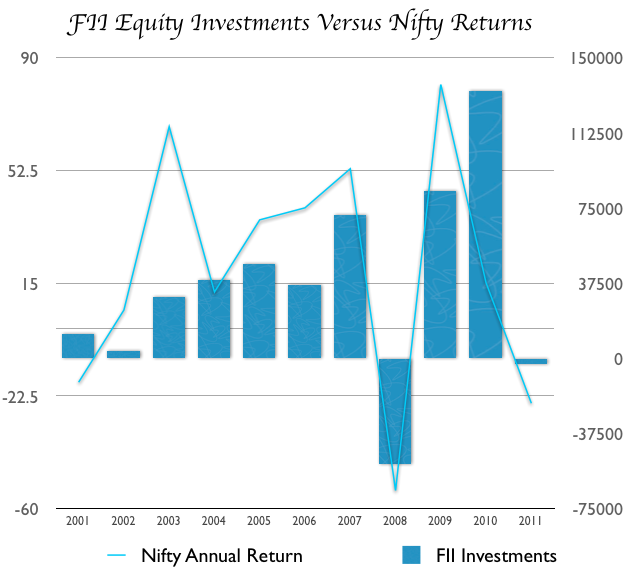Karthik left a comment about ICICI’s b2 branchfree banking the other day, and that was the first time I learned about this savings account from ICICI bank.
I asked a few people who I thought might have had personal experience with this but they didn’t and neither did they know anyone who did, and looking at ICICI’s website – it doesn’t look like this product does very well and I wonder if they still allow people to open this type of account. I think as you dig deep it’s easy to see why this never caught on so let’s look at some things about this account.
Branch Free Banking
First a little bit about b2 branchfree banking itself. The concept is very simple – you open a savings account which is not associated with any branch, and this account has no balance requirements or in other words it is a zero balance account.
Zero Balance Account
According to ICICI Bank, the two big benefits of this account are that you can have a zero balance account and you can get some extra earnings on this account since this is a low cost account for the bank.
I don’t know how appealing a zero balance account is for most people since a lot of salary accounts are zero balance accounts, and even if they are not – it is usually not a problem to keep Rs. 5,000 – Rs. 15,000 in a savings account.
Auto Sweep Feature
The second aspect of it – which is earning a bit of extra returns certainly makes you stop and investigate more. From what I could gather on their site – the extra earnings accrue because they have an auto sweep feature in the b2 branchless bank account. This works exactly like other auto sweep features where they will move a certain amount from savings account to your fixed deposit and then that will earn a higher rate of interest than the savings account. You can withdraw this money any time and in that sense it is not blocked in the fixed deposit.
No Branch Access or Checkbook
Since this is an online account you don’t get any access to a branch meaning you can’t go to a bank branch for anything and you don’t get a check book either. You can create a draft online which will be couriered to your house and they will charge you Rs. 15 for it. As far as I can see there are no other charges for creating a draft.
No ATM Card
You don’t get an ATM card with this account either and that to me severely limits what you can use the account for. You can only pay bills online using this account or use the Auto Sweep facility, and that’s about it.
That’s not really a lot when you consider that you can pay bills online easily with your other accounts, and if you really did want to benefit from high rates of interest on savings account you are probably better off utilizing a bank such as Yes Bank or Kotak bank.
I find it hard to get excited about this concept with whatever information I could get it and I would certainly like to hear from someone who has opened the account and how it benefited them.
Finally, one odd thing about this branchless banking is that you can only open it if you are resident of one of these cities. Now what sense does that make? You don’t have access to a bank branch, but you need to be resident of a particular city?
Here is a MouthShut review of the b2 branchless bank account that Karthik left a link to that you may find useful.
This post was from the Suggest a Topic page.


